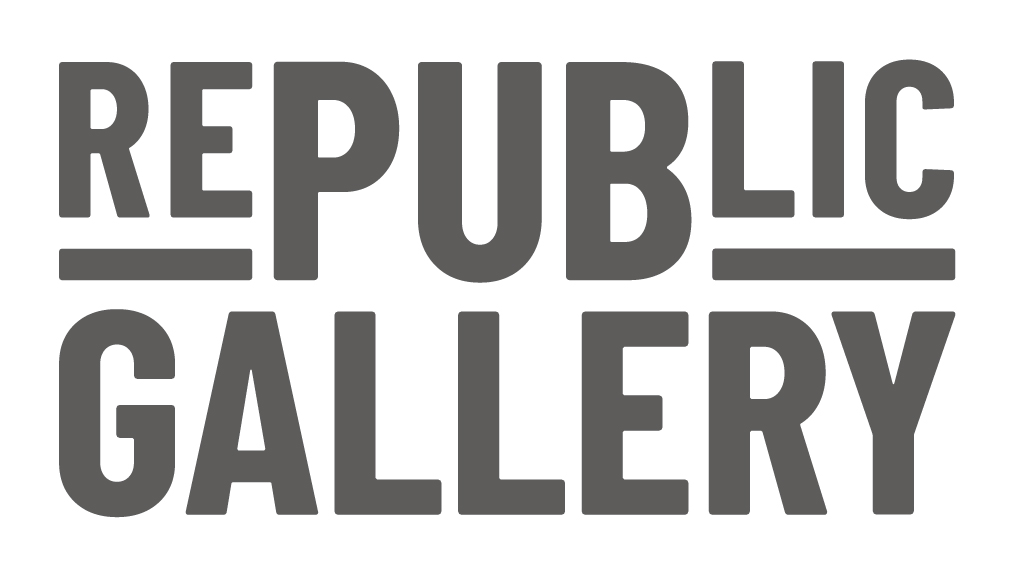Katherine Renton
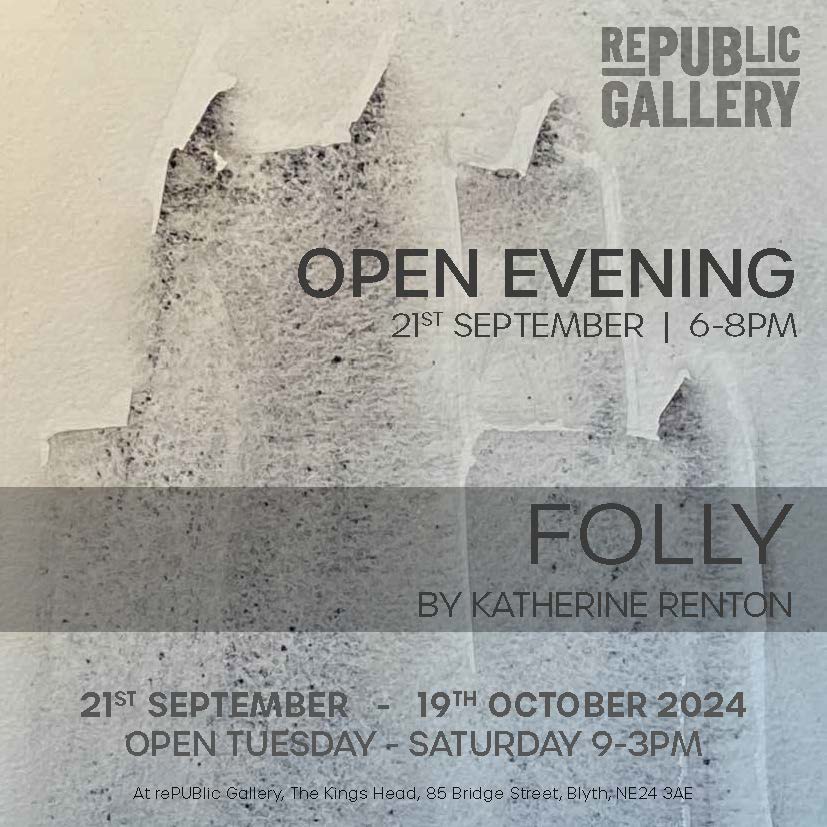
Folly
Folly is foolishness, stupidity, absurdity, craziness, idiocy, lunacy, madness, insanity, recklessness, and silliness. It is a lack of good sense or foresight.
A folly is also a building with no practical purpose – a sandcastle is the ultimate folly, created knowing that the rising tide will destroy it.
I paint sandcastles with watercolours that I make from debris that I find along our disappearing coastline: seacoal, shale and concrete.
My small depictions of small castles – not the real castles – convey my sense of impotence when confronted with the reality of the damage being caused by coal burning, fracking for shale gas, and concrete production. Folly on a grand scale.
Artist Bio
Katherine Renton uses her surrounding landscape to create art about our sense of place – examining our opinions on who does and doesn’t belong, and our feelings of responsibility and irresponsibility towards our environment.
In her recent work she has literally painted with the land, using debris from the shoreline to create her own watercolours. Her paintings explore, on a local level, the issues of climate change by relating the visible and dramatic effects of coastal erosion to local industries such as coalmining, and the geology, geography and history of the North East coast.
Katherine grew up on the coast of Northumberland and studied Fine Art at Newcastle University. She has been included in numerous group shows and has held several solo exhibitions to date, including a recent major exhibition at the Bailiffgate Museum: the artist’s first institutional show which was developed in partnership with the Northumberland Coast National Landscape.
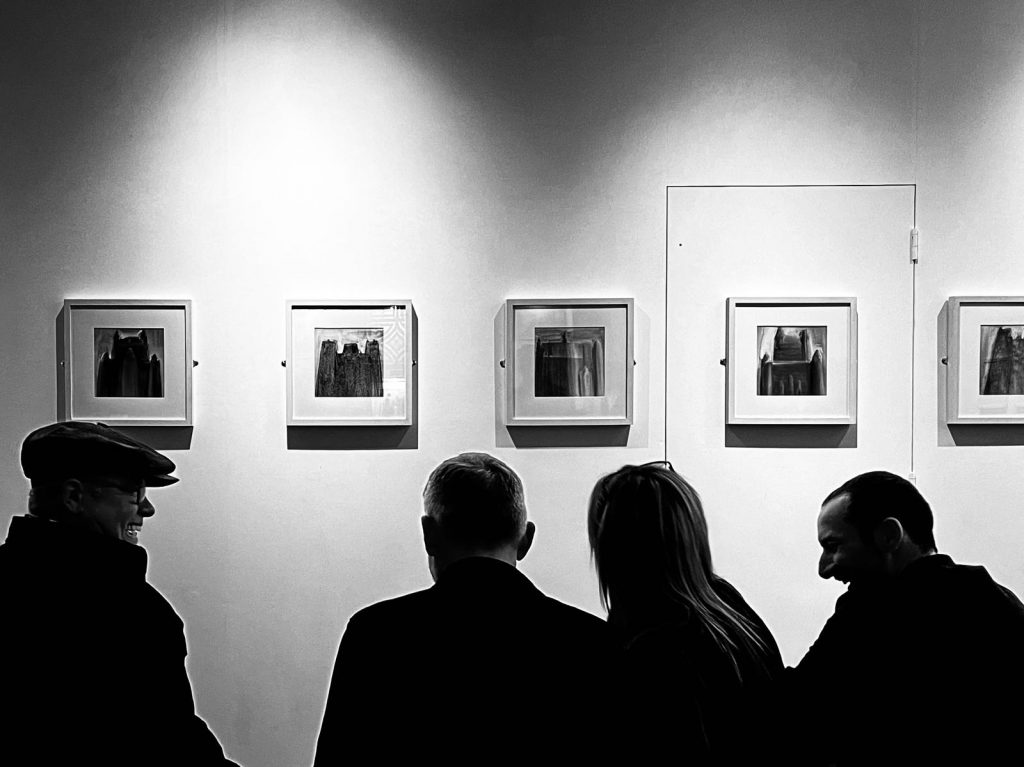
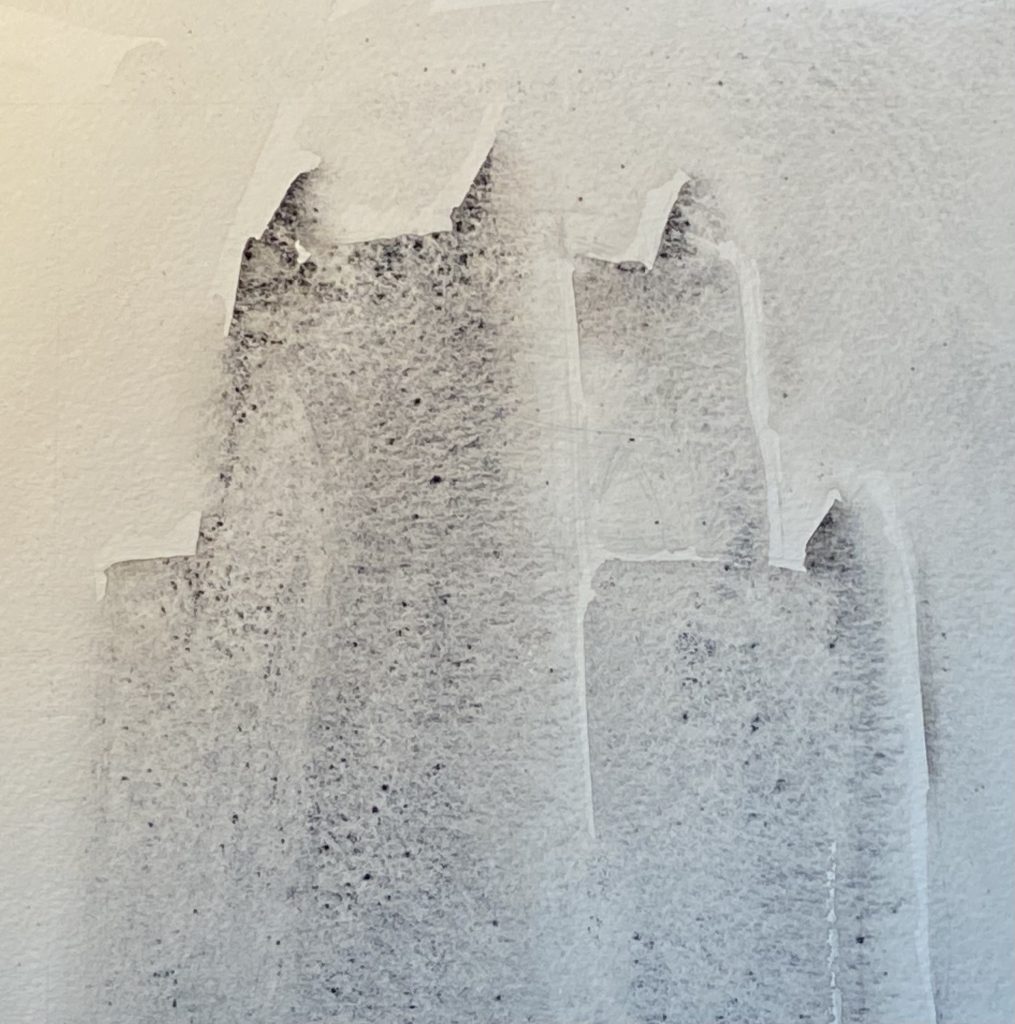
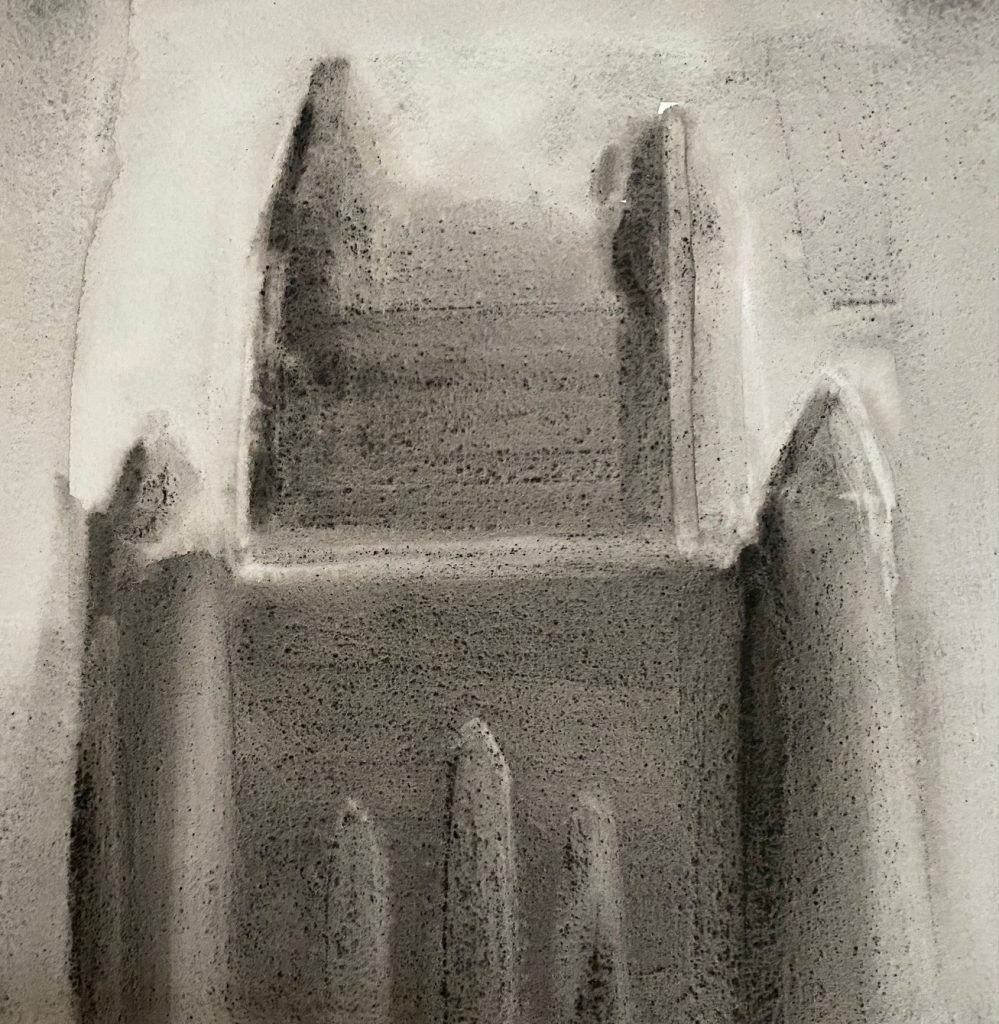
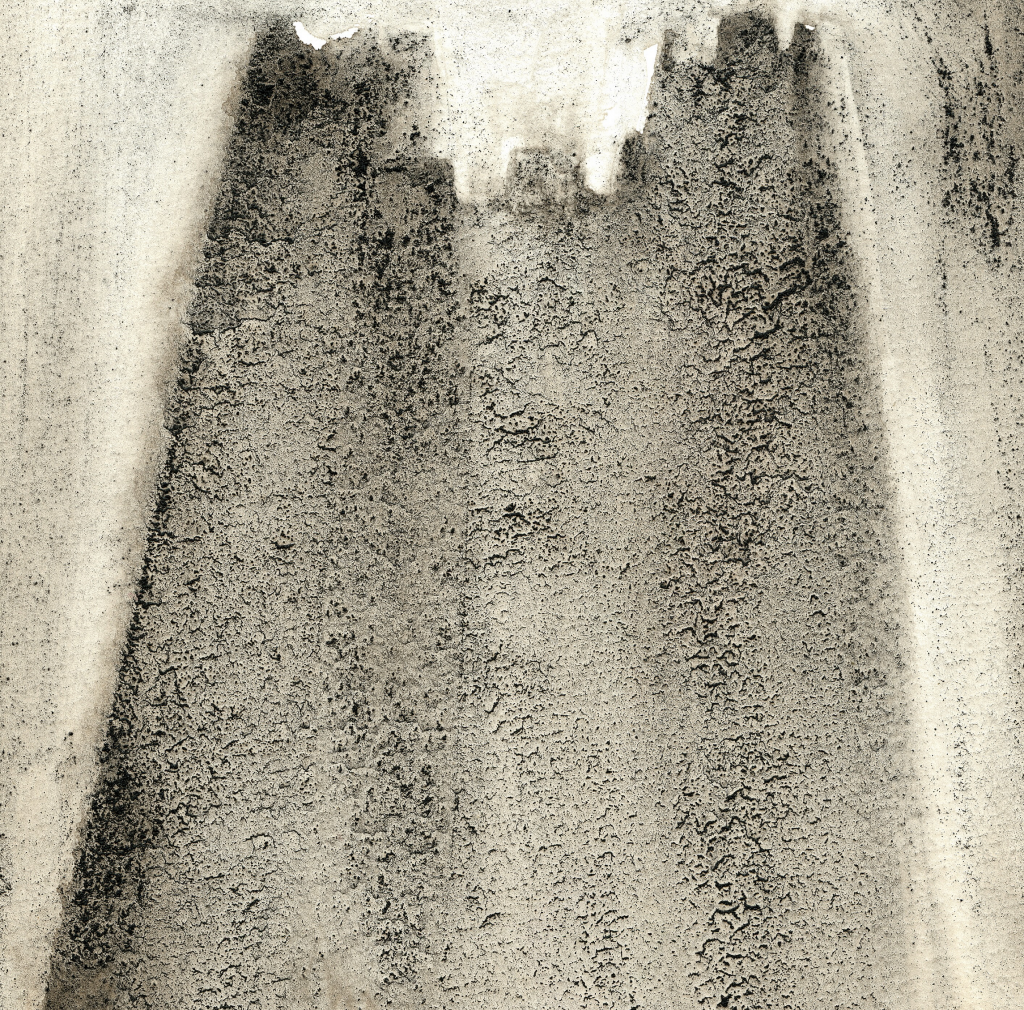
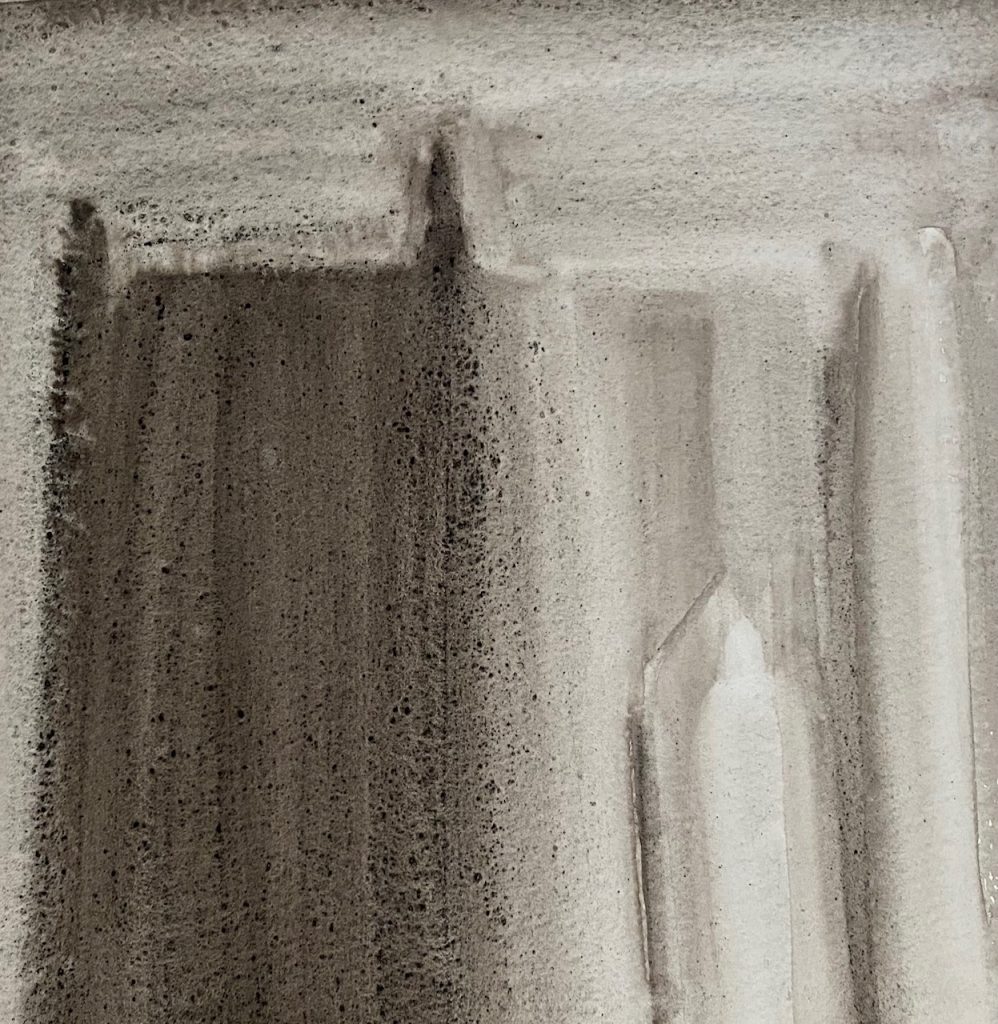
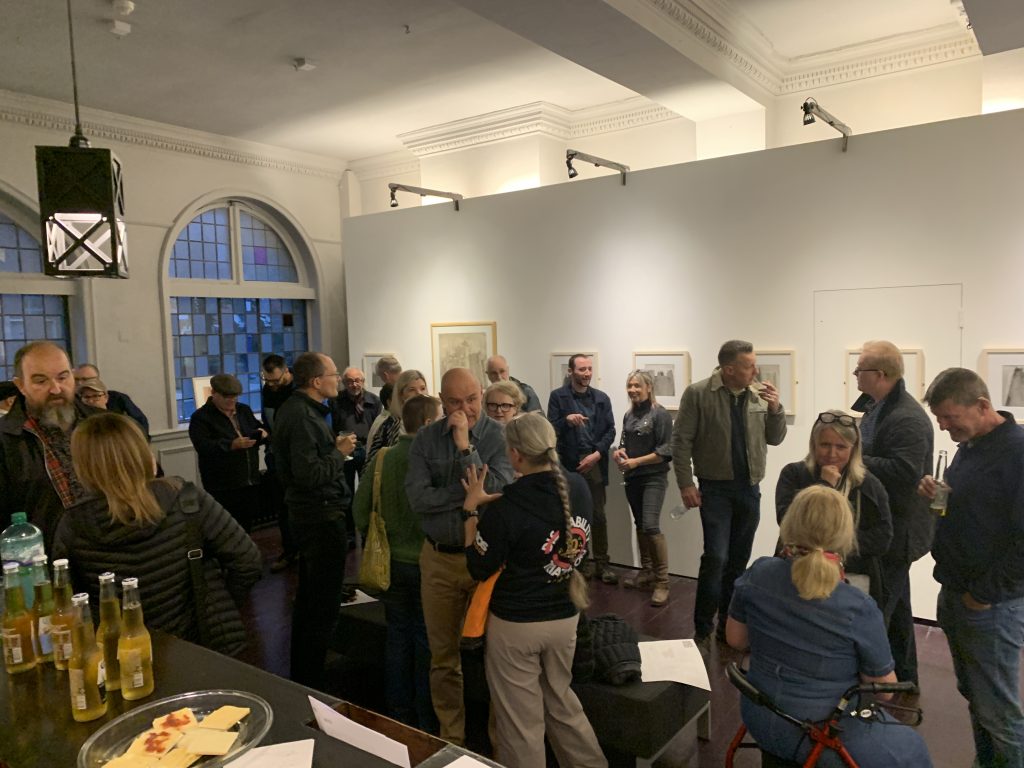
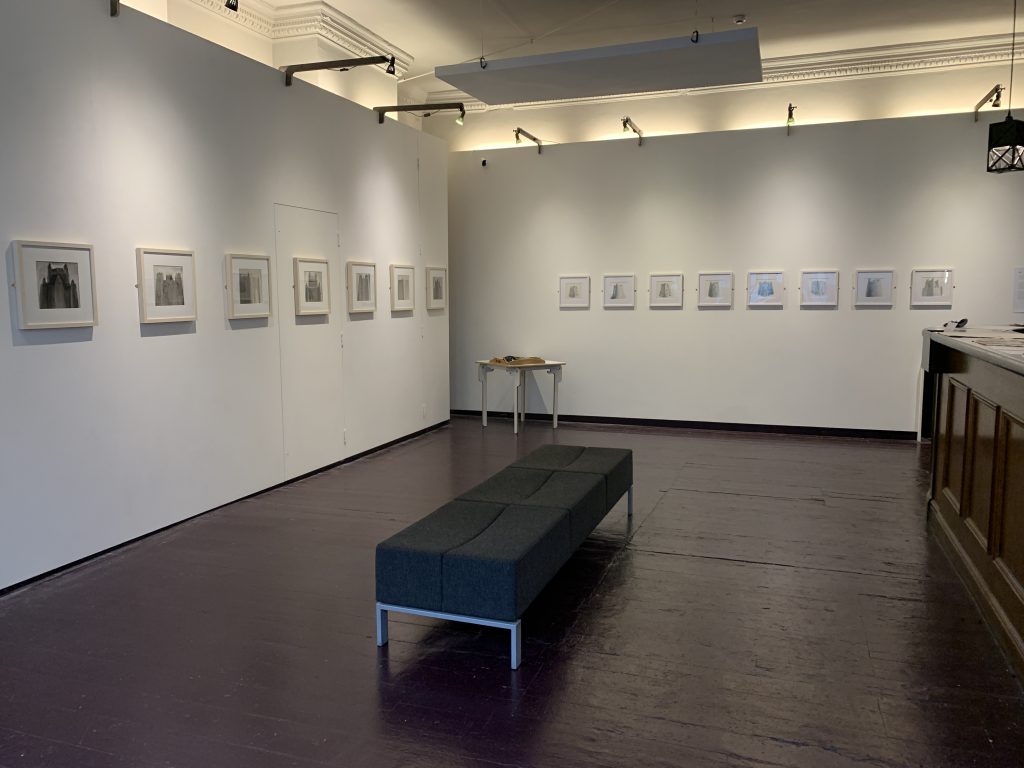
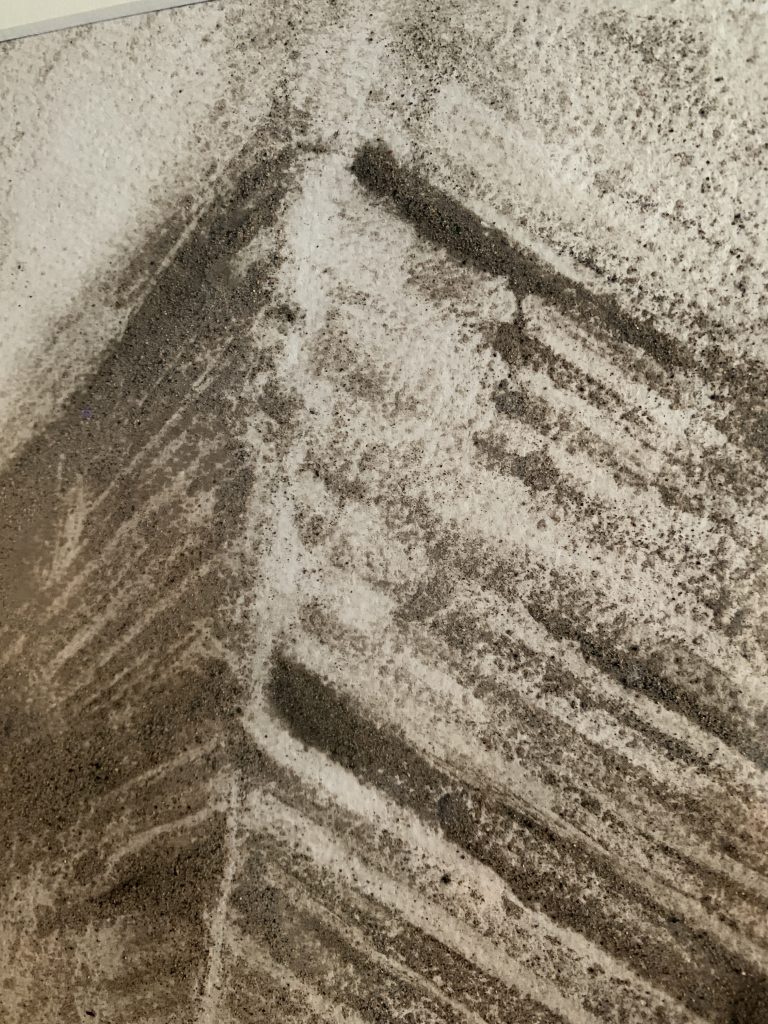
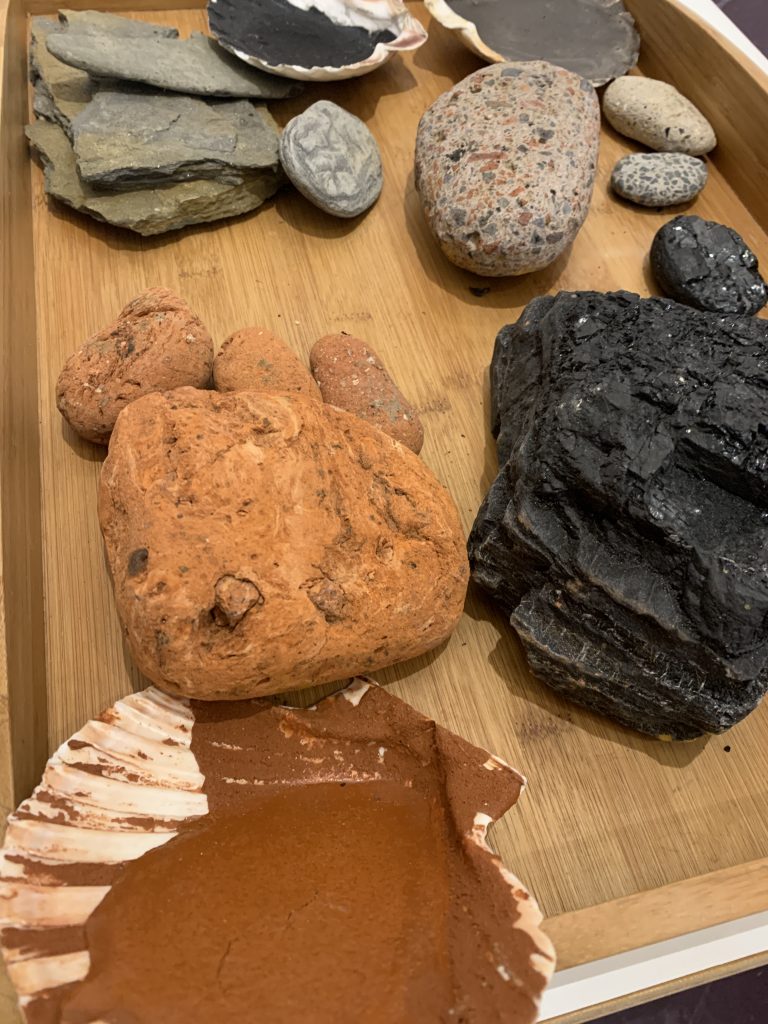
Making Water Colour Paints
To make my watercolours I first collect rock debris from local beaches, usually a beach at my home town of Amble, which was once an industrial port.
To turn the rocks into pigment I break up the rocks with a claw hammer then grind the fragments down to a fine powder using a mortar and pestle.
I make a binder for the paint using gum Arabic, acacia honey, clove oil and glycerine. I combine the pigment and binder on a sheet of glass using a glass muller, just as artists in Renaissance times did.
I then fill shells with my watercolour paint and allow it to set for 24 hours. It is known that Eadfrith, who created the Lindisfarne Gospels around 700AD, also set his paints in shells.
